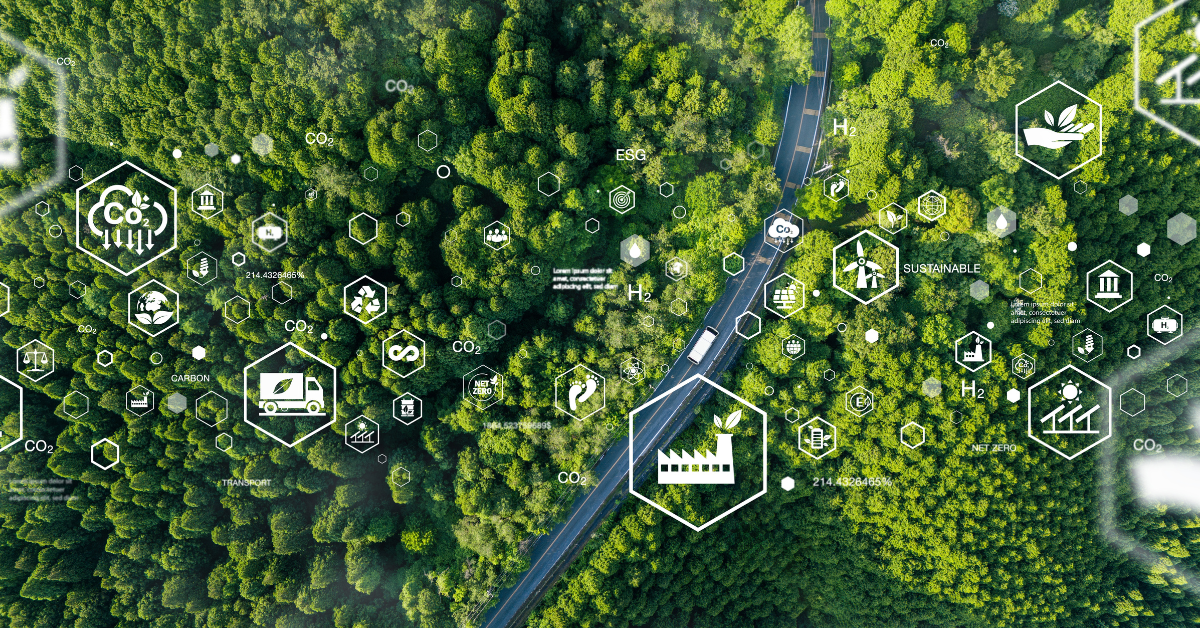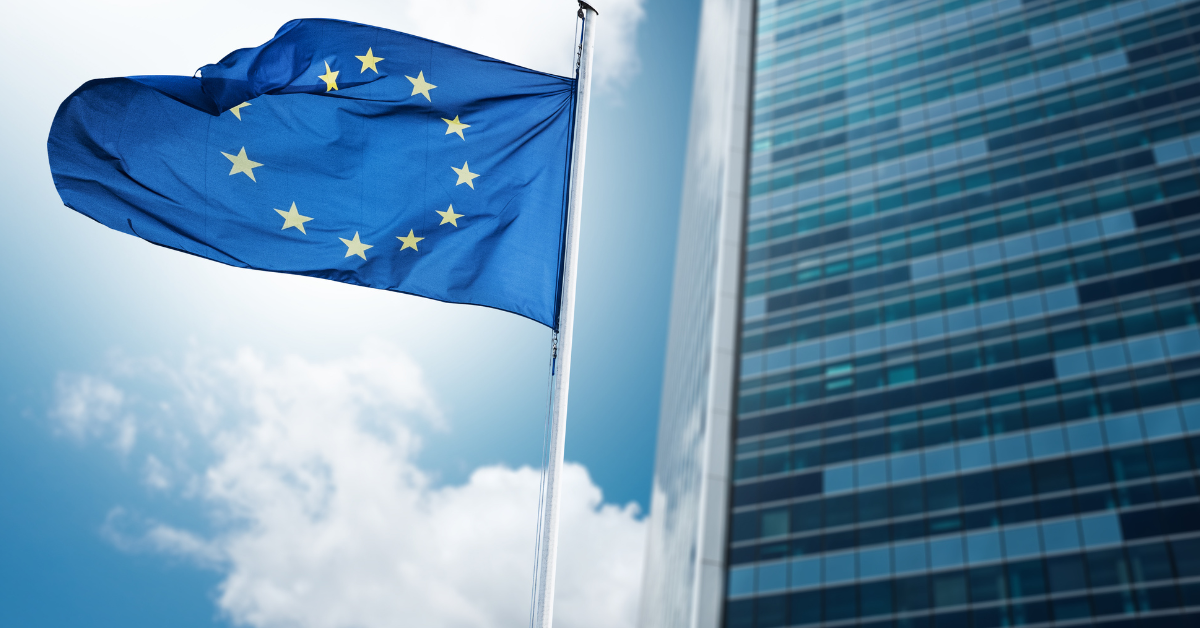
It is now widely believed that the investment evaluation paradigm has undergone a profound evolution, over the past two centuries.
If, in the 19th century, during the period of the second industrial revolution that introduced the use of raw materials such as energy, chemicals and oil at the centre of business productivity, the main question regarding investment was linked exclusively to the "return" of the same, with the 20th century a turning point within the financial paradigm already takes place, placing side by side the concept of risk inherent in business activity with its financial return, as established in the Basel II guidelines.
The epochal turn that began in the 21st century, introduces a third element in the dual approach of risk-return, considering as a crucial point the generated impact, as a background from which to build an approach and investment strategies, which support through new models and new tools of the sustainable finance paradigm, i.e the ecological transition.
In this context, a new model being dynamically built at the European and global level consisting in the concept of "energy consumption," which essentially refers to the estimated annual consumption of all the activities and facilities of the business. It is increasingly important to monitor and mitigate it, also in the light of the international context and the current energy crisis, to align the estimate of probable risks with the coverage provided by the allocated capital, according to risk management criteria.
How to obtain consumption data
To this end, in the first instance, the consumption data that need to be estimated are obtained from the meter or directly from bills addressed to the various company offices, or from the energy supplier's portal. The specific data, to have an estimate, is to be sought within the bill or on the supplier's portal, from which the annual consumption, normally expressed in kWh (= 0.001 MWh), or the estimated consumption can be obtained.
Next, it is necessary to aggregate the annual energy consumption data for all the different business locations and, if point data are not available, report an estimate of energy consumption based on the available data.
It is central, therefore, for a company to estimate and monitor its consumption so that it can improve the energy performance of its business facilities.
It is estimated that small and large companies strategically investing in sustainability, can reduce their consumption by 10-30% annually, without lowering the service and quality of business operations, contributing significantly to a cleaner environment. By becoming more energy-efficient, small businesses and large enterprises can help reduce greenhouse gas emissions while improving their financial performance.
The tools and certifications available to Corporate enterprises and SMEs
It is well known that Institutions at any level are supporting companies in this change and in this regard, many initiatives are promoted. At the European level, mention should be made of the main initiative, consisting of the "Energy efficient Mortgages Initiative" (EEMI), a mechanism introduced at the financial and banking level, which aims to stimulate and finance investments in the energy efficiency of buildings and the saving of energy consumption, to ensure the development of environmentally sustainable projects, facilitating the transition to green mortgages, considered essential for the realization of a climate-neutral economy, as envisaged by the Paris Agreements.
In this context, that aims to support SMEs and corporate companies to reach energy-efficiency also trough financial products, the design and promotion of ad hoc financial instruments is important to mention, as is done through the frameworks established by the Loan Market Association, regarding environmentally sustainable lending.
Sustainability Linked Loans and Green Loans
From this definition provided by the EBA, two main financial instruments have developed in the market, namely "Sustainability Linked Loans" and "Green Loans."
The former is defined as all types of loans and/or similar instruments that incentivize the achievement by the borrower, of predetermined and objective sustainability goals, measured using sustainability performance targets that include KPIs and external ratings.
An example of a Sustainable Linked Loan can be a loan with financial terms, e.g., the interest rate, linked to the achievement of reducing CO2 emissions by a set percentage, within the agreed year, compared to the company's current emissions.
The other financial instrument, introduced in the financial market is the Green Loan, defined as any loan instrument made available exclusively to finance or refinance in whole or in part, strictly "eligible green projects," new or existing.
In the case of Green Loans, the generic ESG performance of the company is less relevant, compared to the importance attached to the characteristics of the financed project.
For example, a loan intended for the purchase and installation of energy-efficient equipment will be defined as a "Green Loan," to achieve a benefit in terms of CO2 emitted.
The main energy certifications
In the definition of lending policies (especially regarding the most impacted sector of energy consumption, namely Real Estate), a key aspect in measuring the environmental sustainability of the investment is, along with the definition of green lending policies and parameters, given by the 'energy performance certificate’ (EPC), as defined by EBA Authority in the Final Report “Guidelines on loan origination and monitoring”, in May 2020.
Among the main existing energy certifications, in Italy reference is made to the Attestato di Prestazione Energetica (APE), introduced in Italy by Ministerial Decree June 26, 2015: this certificate is useful to inform potential buyers of a property about its energy performance or to communicate the value of energy-efficient buildings or NZEB (Nearly Zero Energy Buildings) to the market.
At the European and global level, the main important energy certifications are the BREEAM (Building Research Establishment Environmental Assessment Method) of Anglo-Saxon type, or the Leadership in Energy and Environmental Design (LEED), of American matrix, developed by the non-profit organization "Green Bunding Council."
Concluding, the framework of the “Energy consumption” that impacts regulatory, financial and technical issues and that aims to measure and improve energy consumption and energy efficiency of corporate and SMEs enterprises, needs of continue innovations and implementations, in order to promote job creation and economic growth, ensuring social stability and promoting increasingly sustainable solutions regarding energy issues, which in light of the current geo-political situation, in recent months have become urgent and priority in the worldwide agenda.



